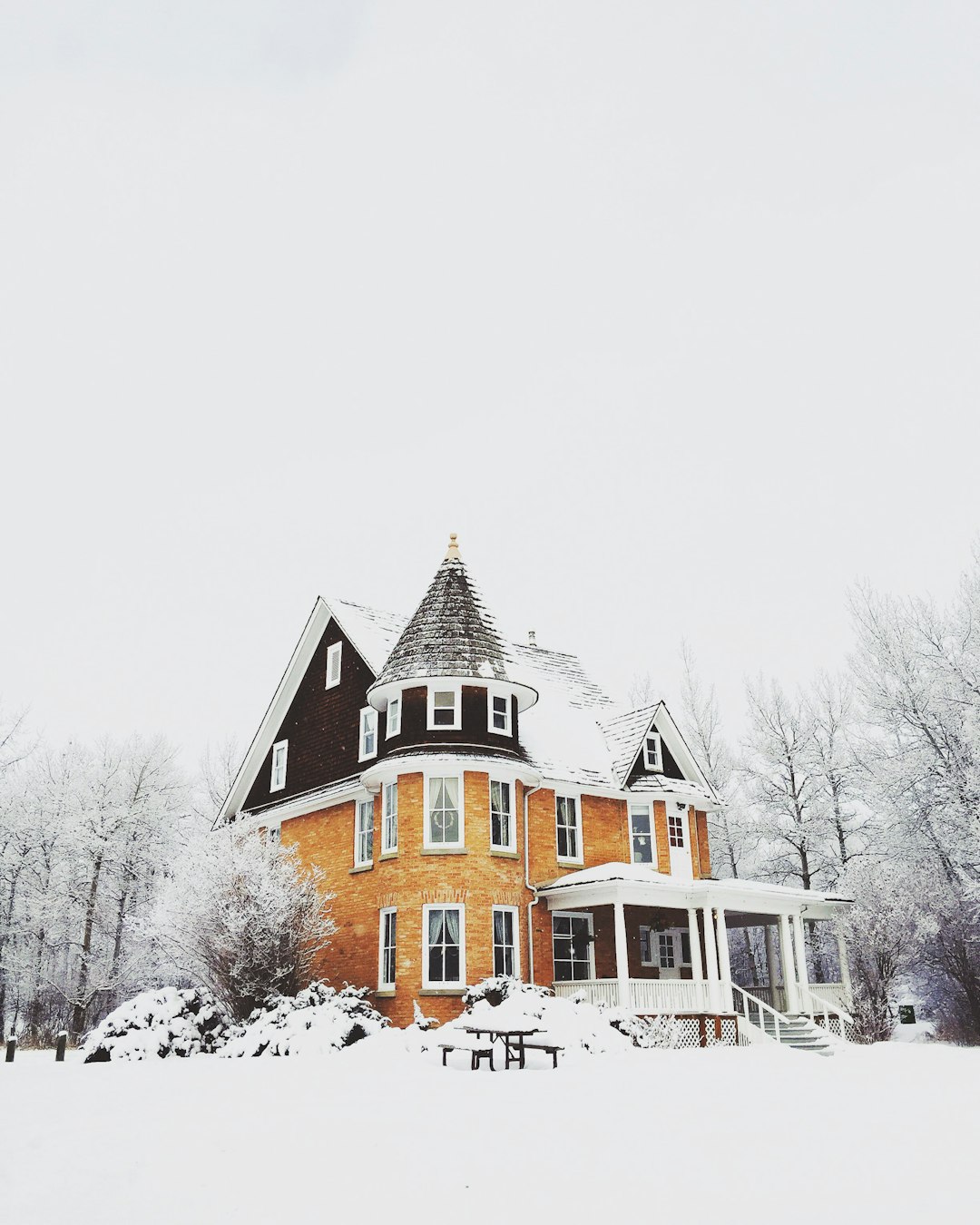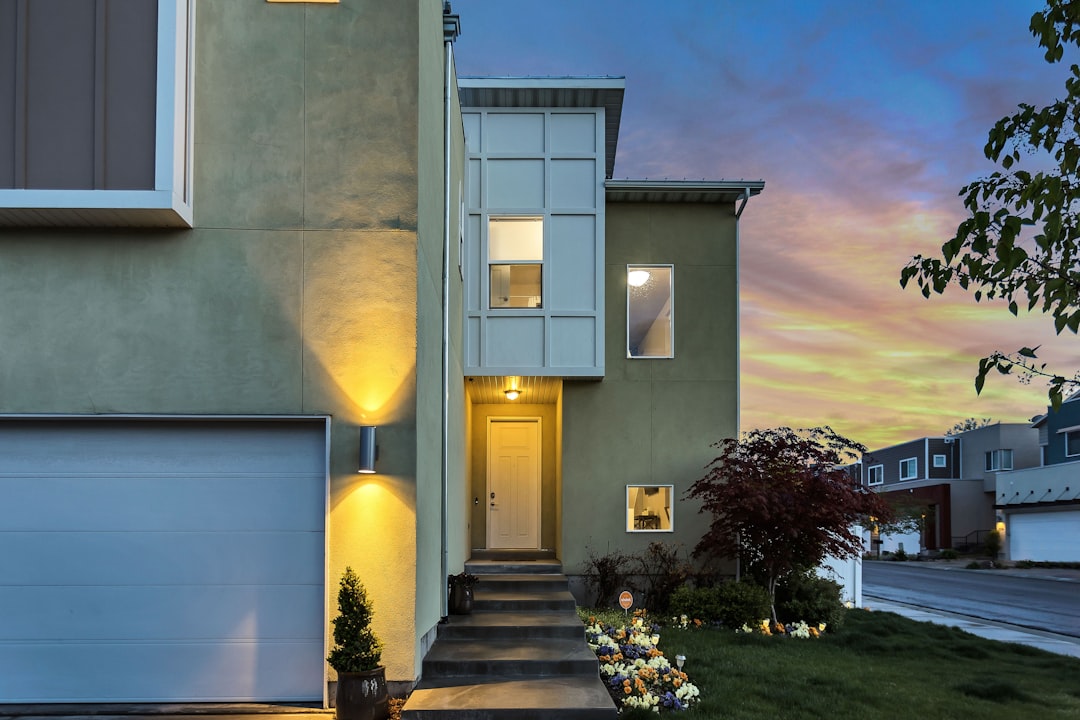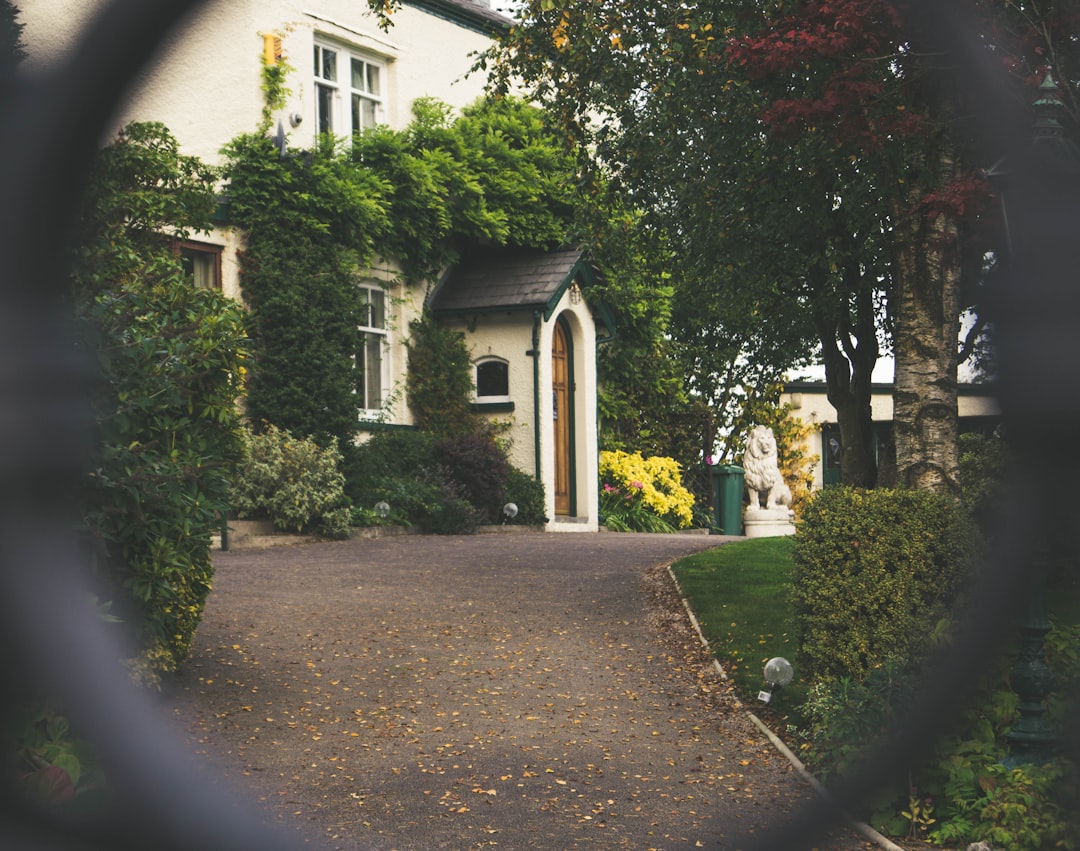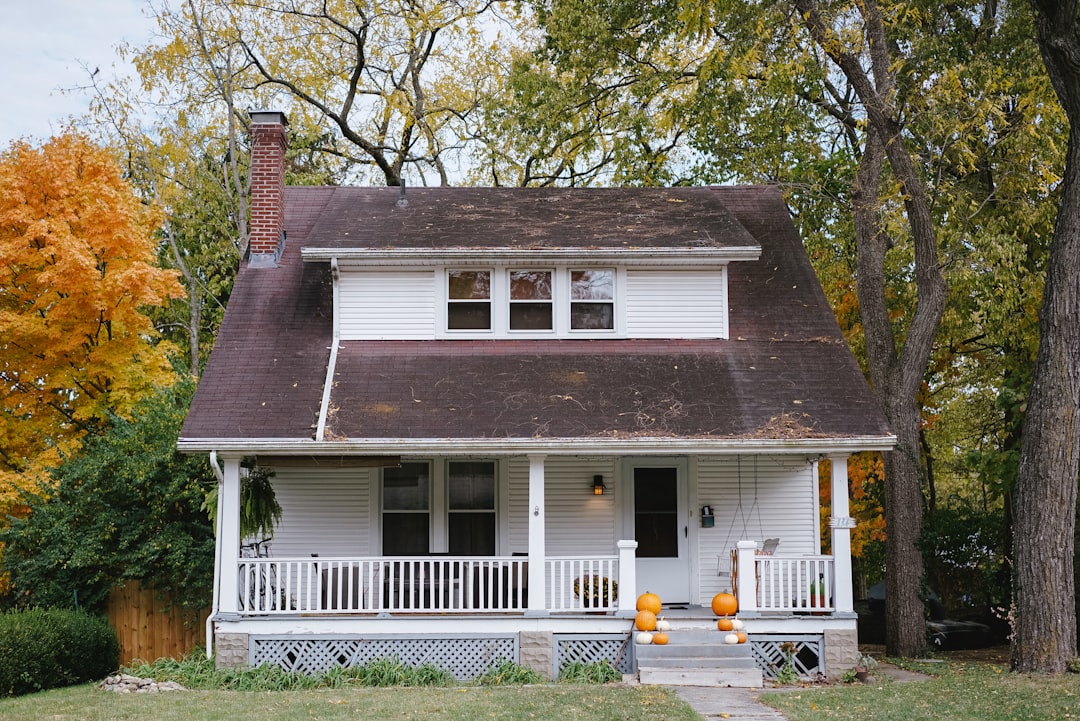🏠 Heritage and historical homes serve as tangible records of architectural evolution and historical narratives, reflecting the societal norms and cultural values of their respective eras. Preserving these structures is crucial for historical accuracy and allows future generations to experience our past. Restoring such homes requires a meticulous approach that emphasizes authenticity in materials and methods, with careful attention to structural integrity and original design elements. This process involves understanding the home's historical significance, often through consultation with historians or local societies, and may affect its eligibility for conservation grants and tax incentives. Renovations should harmonize modern living standards with the preservation of these homes' authentic character, ensuring their continued standing as cultural landmarks and integral parts of community identity.
Legal frameworks globally, such as the U.S. Historic Sites Act and the UK's Planning (Listed Buildings and Conservation Areas) Act 1990, guide the preservation of these homes, emphasizing the importance of maintaining their architectural integrity and cultural significance. These laws balance the need for modern living with the imperative to preserve historical features, influencing local policies and supported by international bodies like UNESCO through the World Heritage Convention.
Restoring heritage homes is a specialized task that demands expert knowledge in sourcing materials and employing craftsmanship techniques that align with the original construction. It's an intellectual pursuit involving historians, conservators, and regulatory bodies to ensure compliance with preservation regulations. The goal is to maintain as much of the home's original structure and materials while enhancing its functionality for modern living, thereby preserving these homes as a testament to our collective historical legacy. #HeritageHomes #HistoricalHomesPreservation #ArchitecturalConservation #CulturalLegacy
Heritage homes stand as testaments to architectural innovation and historical narratives, each brick and beam imbued with stories of eras gone by. This article delves into the intricacies of preserving these national treasures through meticulous restoration efforts. We will explore their significance, legal protections, and the delicate balance between honoring the past and integrating modern necessities. From understanding the importance of heritage homes to selecting a specialized restoration team, we’ll guide you through the process. Additionally, we’ll highlight sustainable practices, financial incentives, and case studies that exemplify successful restorations. Whether you’re an owner of a historical property or simply an admirer of architectural legacy, this piece will offer valuable insights into the art and science of preserving our shared heritage for future generations to appreciate.
- Understanding the Importance of Heritage Homes
- Assessing the Historical Significance of Your Home
- Legal Protections for Heritage and Historical Homes
- The Challenges in Restoring Heritage Homes
Understanding the Importance of Heritage Homes

Heritage homes serve as tangible links to our past, offering a window into historical periods and architectural styles that have shaped contemporary living environments. These structures are not merely dwellings but embody the craftsmanship, cultural values, and social norms of their respective eras. Preserving them is a commitment to safeguarding history and ensuring that future generations can appreciate and learn from these unique examples of architectural heritage. The process of restoring such homes requires meticulous attention to detail and an understanding of the materials and techniques used in their original construction. It involves identifying and addressing structural issues, repairing or replacing elements as needed while maintaining the integrity of the home’s design. This careful restoration ensures that these homes continue to stand as testaments to their historical significance, contributing to a living narrative of cultural and architectural evolution. The dedication to preserving heritage homes honors the legacy of those who lived before us and enriches our collective story, making it a vital endeavor for both local communities and history enthusiasts alike.
Assessing the Historical Significance of Your Home

When embarking on the journey to restore a heritage home or a historical property, the first step is to assess its historical significance. This evaluation is crucial in understanding the level of care and authenticity required during the renovation process. Homeowners must engage with local historical societies or consult with historians who specialize in architecture to gain insights into the home’s past and its importance within the broader context of cultural heritage. Documentation of the property’s history, including previous occupants, architectural styles, and construction dates, provides a framework for preserving its unique character. This historical analysis not only informs the restoration approach but also often influences the home’s eligibility for grants, tax incentives, or protected status. Preservation experts can guide the process, ensuring that each step in the renovation honors the integrity of these heritage homes, maintaining their significance as a testament to our collective history and architectural evolution.
In addition to historical context, assessing the home’s condition is paramount. This involves a thorough examination of structural elements, original materials, and design features that contribute to its historical value. The goal is to strike a balance between modern functionality and preserving the authenticity of the structure. Energy-efficient upgrades should be sympathetic to the era of the home, avoiding alterations that would detract from its historical charm. The process may include non-invasive methods like thermal imaging or other diagnostic techniques to identify areas in need of attention without compromising the building’s original integrity. Through careful planning and respectful restoration, these homes can be brought back to life while maintaining their architectural and historical significance for future generations to appreciate and enjoy.
Legal Protections for Heritage and Historical Homes

In many regions across the globe, legal frameworks have been established to safeguard the integrity and character of heritage and historical homes. These legislative measures are designed to ensure that such buildings retain their architectural significance and contribute to the cultural narrative of their respective communities. Laws like the Historic Sites Act in the United States or the UK’s Planning (Listed Buildings and Conservation Areas) Act 1990 set out clear guidelines for maintenance, alterations, and repairs to be carried out on these properties. These acts often dictate that any modifications must be sympathetic to the home’s historical context, preserving original features and materials wherever possible. The goal is to maintain a balance between modern living requirements and the conservation of architectural heritage, ensuring that these homes continue to stand as testaments to their era and craftsmanship for future generations.
Furthermore, these legal protections extend beyond national borders, with international bodies like UNESCO advocating for the preservation of cultural heritage through conventions such as the World Heritage Convention. This global approach recognizes the universal value of historical homes and promotes practices that respect their significance. Local governments often work in tandem with these international guidelines to implement policies that protect and regulate changes to heritage and historical homes, thereby ensuring their enduring presence in our landscapes and maintaining a connection to our past for present and future inhabitants.
The Challenges in Restoring Heritage Homes

Restoring heritage homes presents a unique set of challenges that extend beyond the conventional scope of construction and renovation projects. These structures, imbued with historical significance, often require meticulous preservation techniques to maintain their integrity while updating them to meet contemporary standards for comfort, safety, and functionality. The aging materials and traditional craftsmanship used in these homes may no longer be readily available, necessitating specialized knowledge to source authentic alternatives. Architects and contractors must navigate the delicate balance between modernizing and preserving the home’s original character, ensuring that any modifications are sympathetic to the historical context and do not detract from the home’s architectural value.
Moreover, the restoration of heritage homes involves a deep understanding of the building’s history and its significance within the broader cultural landscape. This requires a collaborative effort, often involving historians, conservators, and local authorities to align with preservation laws and guidelines. The process can be complex, with each decision scrutinized for its impact on the home’s historical fabric. The goal is to retain as much of the original structure and materials as possible, while also addressing structural issues that could compromise the home’s longevity. This delicate operation demands a commitment to preserving the legacy of these homes for future generations, ensuring they remain standing as tangible reminders of our shared history.
Heritage homes stand as testaments to history and craftsmanship, embodying the architectural styles and cultural narratives of their respective eras. Recognizing their significance is crucial for preserving our collective heritage. This article has outlined the importance of heritage and historical homes, provided guidance on assessing their historical value, delineated the legal protections available to safeguard them, and highlighted the challenges restorers face. It is imperative that we approach the restoration of these structures with respect for their original character and integrity, ensuring their survival for future generations to appreciate and enjoy. As stewards of our past, it is our responsibility to maintain the legacy of heritage homes through careful preservation efforts.
